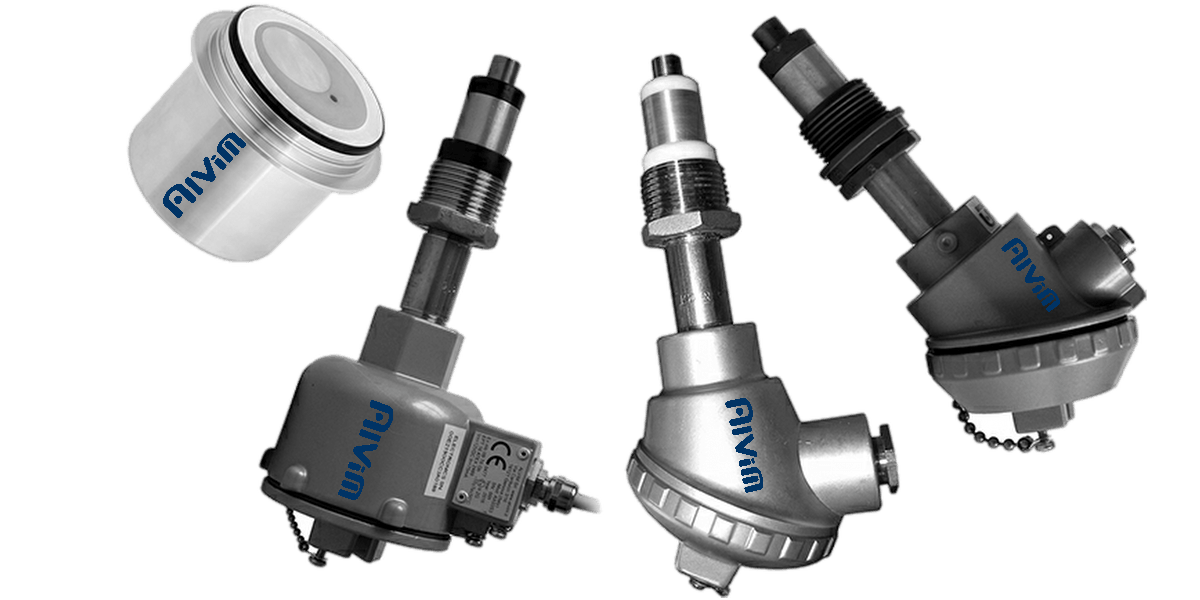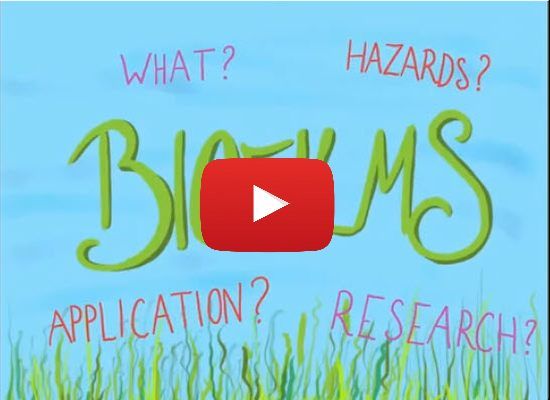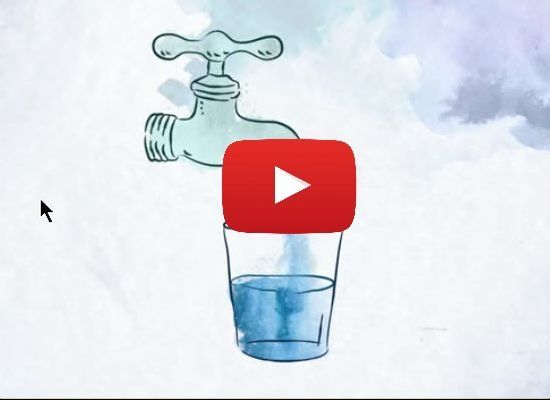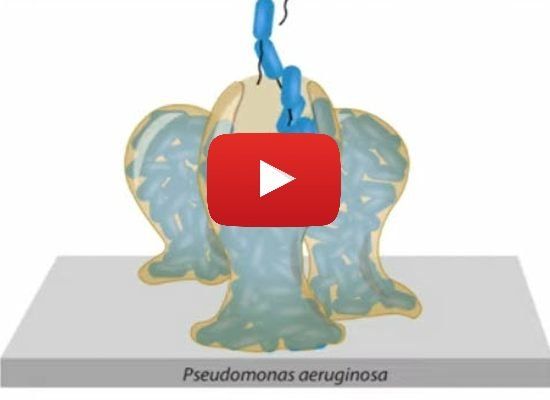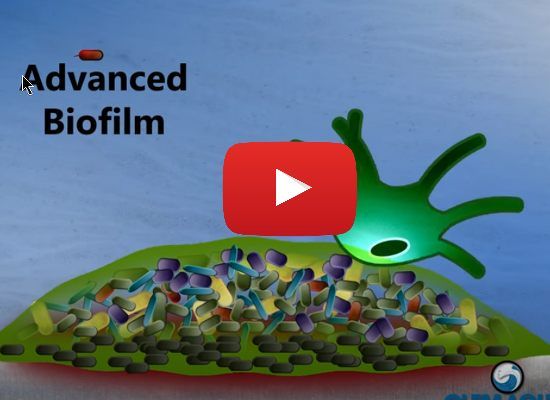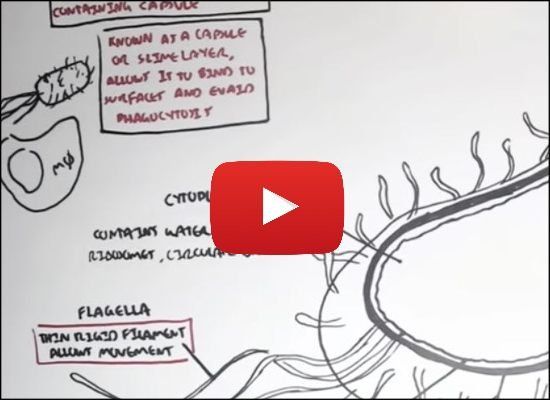Protect Public Health ~ Consumer & Food Safety ~ Product Quality ~ Process Hygiene
Maintain Operational Efficiency ~ Plant Performance & Reliability
Comply with Regulations and Food Safety Legislation
About us
ALVIM Srl
is the collaborative partner, developer and manufacturer of the high sensitivity electro-biochemical technology used in Alvim Biofilm Sensors. Alvim Srl was formed in 2012 from collaboration between CNR (Italian National Research Council) and private enterprise. For a project to research and develop technology for detecting and monitoring biological fouling, a major issue for industrial plants.
Alvim's innovative technology was initially totally new and unheard by many people. Today through committed hard work, Alvim Biofilm Sensors have won favour with many leading companies. The unique technology is gained traction and popularity worldwide.
Protecnica Solutions Ltd is proud to be UK distributor for Alvim Srl. We supply a range of specialist instrumentation and automated process systems for hygiene critical industrial applications.
About Biofilm
Biofilm development and interaction with Alvim Biofilm Sensors
Bacterial Biofilms occur naturally wherever water is present. However our knowledge about biofilms is limited. They are the subject of much active research in many sectors. In medical and clinical applications biofilms cause diseases and challenging health conditions. On a larger scale biofilms infect, block, corrode & damage equipment in process systems.
Bacteria infection is a concern for all businesses which uses water. Especially where hygiene critical products are produced and where Legionnaires Disease
is a risk. Unbeknown to many companies, they already have active bacterial biofilms in their systems. If they use traditional microbiology testing techniques, the only indication might be occasional high but inconsistent micro counts, more so in warm weather.
Examples include: Cooling Towers
systems in Power Stations, Refrigerated Warehouses and large Office Blocks. Water Distribution
in Hospitals, Hotels and Cruise Ships. Production & Processing
of Mineral Water, Beverages, Food & Dairy Products, Salad Crops, Personal Care Products, Plants, Paper Pulp...
More biofilm related videos...
Here below are some informative videos. To explain how biofilms form, their significance and some of the dangers they present. As well as an introdution to the structure of different bacterial cell types.
Basics of Drinking Water Hygiene
The basics of drinking water hygiene and the drinking water environment within buildings. Module 1 should help to better understand why the good microbiological quality of purified and well controlled drinking water can change after entering buildings with a complex water network.
A training video by Pall Corporation
Duration: 2:00
Legionnaires Disease Control
UK Health & Safety Executive ~
ACOP-L8
An informative video about the role of biofilm, protozoa and Legionella bacteria in Legionnaires Disease. In particular legal requirements for UK landlords as detailed HSE Approved Code of Practice 'L8' "The control of legionella bacteria in water systems"
by W. E. T. (Water Environmental Treatment Ltd)
Duration: 4:11
Investigating the evolution of antimicrobial resistance (AMR)
Biofilms are the normal mode of life for most bacteria. In the real world most bacteria exist in biofims. However historically our study has been of bacteria in liquid cultures, but they behave very differently in liquid. When bacteria grown in a biofilm they become inherently much more antibiotic resistant.
by Dr Mark Webber
Duration: 5:59
A few examples of the many bacteria able to form Bacterial Biofilm
| Number | |
|---|---|
| Staphylococcus aureus | Contaminates foods. Can lead to serious food poisoning |
| Escherichia coli | Found in human and animal intestines. Can cause serious food poisoning |
| Pseudomonas aeruginosa | Produce large amounts of EPS. Adhere to stainless steel. Coexist with Listeria and Salmonella |
| Staphylococcus epidermidis | Found on skin and mucous membranes. Infects medical implants, e.g. intravascular catheters |
| Listeria monocytogenes | Foodborne facultative anaerobic pathogen. Grow at lows temperatures. A serious infection |
| Salmonella enterica | Facultative anaerobe. Infects poultry, eggs, ice cream and prepared foods containing egg |
| Campylobacter jejuni | A very common foodborne cause of gastroenteritis and diarrhoea. |
| Bacillus cereus | Foodborne facultative anaerobe. Forms on surfaces of stainless steel pipes and tanks |
External Links:
HSE.GOV Legionella and Legionnaires' disease
Battling biofilms in the fight against Campylobacter
Biofilms Formed by Pathogens in Food and Food Processing Environments



